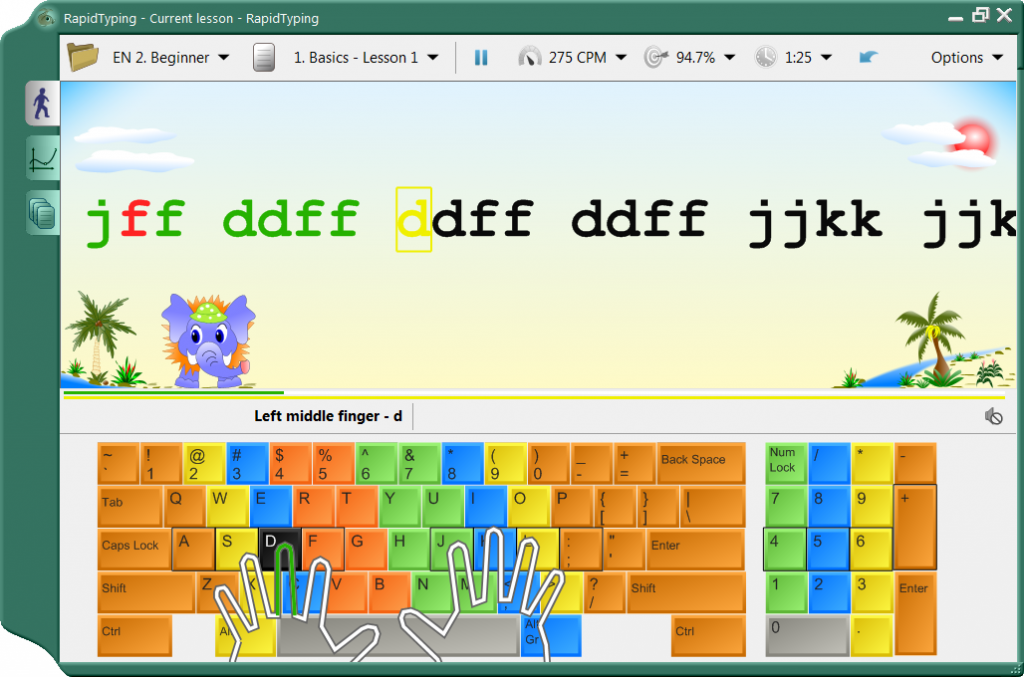Frugal Living: Complete Guide to Smart Money Management and Simple Living
Understand the frugal lifestyle foundation
Live frugally mean make intentional choices about how you spend money and resources. This approach focus on maximize value while minimize waste, create a sustainable path toward financial freedom. Frugal living differs from being cheap because it emphasizes quality and long term value over but choose the lowest price.
The core principle involve distinguish between wants and needs. Successful frugal individuals prioritize essential expenses while find creative alternatives for discretionary spending. This mindset shift transforms your relationship with money from reactive spending to strategic planning.
Create your frugal budget framework
Start by track every expense for one month to understand your spending patterns. Categorize expenses into fix costs like rent and utilities, variable necessities such as groceries and transportation, and discretionary items include entertainment and dining out.
Apply the 50/30/20 rule as a baseline: allocate 50 % of income to needs, 30 % to wants, and 20 % to savings. Frugal living much involves reduce thewants’s category to 15 20 % while increase savings to 25 30 %. This adjustment accelerate wealth building without sacrifice essential comfort.
Use envelope budgeting for variable expenses. Assign cash amounts to categorize like groceries, gas, and entertainment. When the envelope empties, you stop spend in that category until next month. This physical limitation prevent overspend and build discipline.
Smart grocery shopping and meal planning
Food represent one of the largest controllable expenses for most families. Plan weekly menus before shopping and create detailed lists organize by store layout. This strategy reduce impulse purchases and ensure you buy merely necessary items.

Source: singlemomsincome.com
Shop sales cycles and stock up on non-perishables when prices drop importantly. Most grocery stores rotate sales every 6 8 weeks. Track these patterns for items you regularly use, so buy enough to last until the next sale cycle.
Embrace batch cooking and meal prep. Prepare large quantities of versatile ingredients like rice, beans, and roast vegetables that work in multiple dishes throughout the week. This approach save time and reduce the temptation to order takeout.
Consider generic brands, which oftentimes cost 20 40 % less than name brands while maintain similar quality. Start with basic items like flour, sugar, and clean supplies where brand differences matter least.
Housing optimization strategies
Housing typically consumes 25 35 % of income, make it crucial for frugal optimization. If renting, negotiate lease terms, request maintenance improvements that reduce utility costs, and consider house sit opportunities for temporary savings.
For homeowners, focus on energy efficiency improvements that provide immediate returns. Seal air leaks, upgrade to led lighting, and use programmable thermostats. These changes much reduce utility bills by 15 25 % yearly.
Explore alternative housing arrangements like house sharing, rent rooms to boarders, or downsize to reduce monthly obligations. Each option require careful consideration of lifestyle preferences and financial goals.
Transportation cost reduction
Transportation rank as the secondly largest expense category for most households. Maintain your current vehicle decent to extend its lifespan and avoid costly repairs. Follow manufacturer maintenance schedules and address small issues before they become major problems.
Consider car free days use public transportation, walking, or cycling. These alternatives provide exercise benefits while reduce fuel and wear costs. Many cities offer monthly transit passes that cost less than weekly gas expenses.
When purchase vehicles, focus on reliability and fuel efficiency over luxury features. Research models with strong resale values and low maintenance costs. Buying use cars 2 3 years old provide significant savings while avoid the steepest depreciation period.
Clothing and personal care savings
Build a capsule wardrobe focus on versatile, quality pieces that mix and match easy. This approach reduce clothing expenses while simplify daily decisions. Invest in classic styles that remain fashionable across multiple seasons.
Shop secondhand stores, consignment shops, and online resale platforms for significant savings on quality clothing. Many items retain excellent condition while cost 50 80 % less than retail prices.
Learn basic clothing maintenance skills like hemming, button replacement, and stain removal. These abilities extend garment lifespans and reduce replacement frequency. YouTube tutorials make learn these skills accessible and free.
For personal care, compare cost per use preferably than upfront prices. Concentrate products much provide better value despite higher initial costs. Make simple items like body scrubs and face masks use kitchen ingredients.
Entertainment and recreation on a budget
Free entertainment options abound in most communities. Research local libraries, parks, museums, and community centers for activities and events. Many libraries offer movie rentals, digital resources, and educational programs at no cost.
Host potluck dinners and game nights alternatively of expensive restaurant outings. These gatherings much provide more meaningful social connections while cost importantly less per person.
Take advantage of free trial periods for streaming services, but set calendar reminders to cancel before billing begin. Rotate subscriptions seasonally to access different content without maintain multiple simultaneous memberships.
Explore outdoor activities like hiking, cycling, and picnic that provide recreation and exercise without admission fees. State and national parks offer affordable annual passes for frequent visitors.
Build emergency funds and long term savings
Frugal living create opportunities to build substantial emergency funds and long term savings. Start with a goal of $1,000 for minor emergencies, so work toward 3 6 months of living expenses for major disruptions.
Automate savings transfers to occur instantly after payday, treat savings like a non-negotiable bill. This approach ensure consistent progress toward financial goals disregarding of monthly spending fluctuations.
Research high yield savings accounts and certificates of deposit that maximize interest earnings on emergency funds. Yet small interest rate differences compound importantly over time.

Source: financestallion.com
Consider investment options for long term goals once emergency funds reach adequate levels. Low cost index funds provide diversified market exposure with minimal fees, make them suitable for frugal investors.
Technology and communication savings
Evaluate phone and internet plans yearly to ensure you pay for need services without expensive extras. Many carriers offer discounts for autopay, paperless billing, or bundle services.
Use free communication apps like WhatsApp, skype, or FaceTime for long distance calls alternatively of pay per minute charges. These services work over Wi-Fi connections without use cellular data.
Extend device lifespans by use protective cases, avoid unnecessary upgrades, and learn basic troubleshooting skills. Most smartphones and computers function efficaciously for 4 5 years with proper care.
Share streaming service accounts with family members where terms of service allow, split costs while maintain access to entertainment options.
Maintain motivation and avoiding extremes
Frugal living require balance to remain sustainable long term. Allow reasonable spending on items that provide genuine happiness or align with important values. Complete deprivation oftentimes lead to overspend rebounds that undermine financial progress.
Track progress regularly by calculate monthly savings rates and celebrate milestones. Visual representations like savings thermometers or debt payoff charts provide motivation during challenging periods.
Connect with like-minded individuals through online communities, local meetups, or financial independence groups. Share experiences and strategies with others reinforce positive habits and provide accountability.
Remember that frugal living serve larger goals like financial independence, debt freedom, or fund important life experiences. Keep these objectives visible help maintain motivation when face spending temptations.
Advanced frugal living techniques
Erstwhile basic frugal habits become routine, explore advanced strategies like cashback credit cards for plan purchases, price matching policies at major retailers, and seasonal buying patterns for significant savings.
Learn valuable skills that reduce service expenses. Basic home maintenance, simple car repairs, and tax preparation knowledge can save thousands yearly while build confidence and self-reliance.
Consider side income opportunities that align with frugal principles. Sell unused items, offer services like pet sitting or tutoring, or participate in the sharing economy can accelerate financial goals.
Implement zero waste practices that reduce expenses while benefit the environment. Compost, repair alternatively of replace, and buy in bulk with reusable containers minimize ongoing costs.
Live frugally create financial flexibility and peace of mind that extend far beyond monetary savings. This lifestyle choice builds resilience, creativity, and intentionality that enhance overall life satisfaction while secure your financial future.



